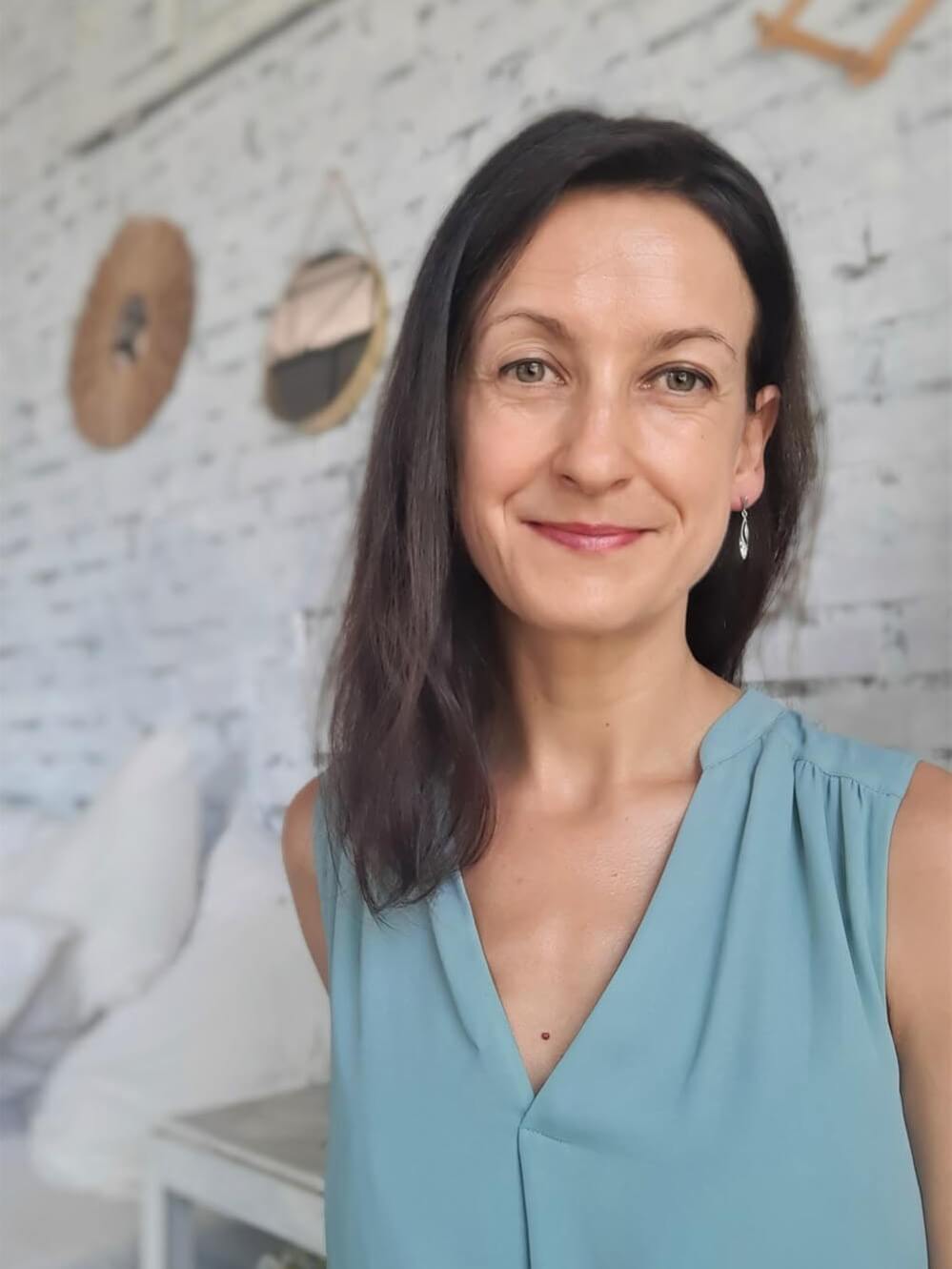Attending to the Tender Wounds the Run Deep: Somatic Healing of Attachment and Developmental Trauma
Published by Elena on

Attending to the tender wounds that run deep:
Somatic Healing of Attachment and Developmental Trauma

Even though Somatic Experiencing therapy is primarily known for successfully resolving shock trauma, most clients reach out to us seeking support with symptoms resulting from their early wounds, also known as developmental trauma.
How are attachment and developmental trauma different from shock trauma?
Shock trauma is generally caused by a single traumatic event – an injury, hospitalisation, natural disaster, or a series of events, such as war, that overwhelms our nervous system’s capacity to regulate itself leaving us stuck in the fight, flight or freeze response. Developmental trauma, on the other hand, refers to both shock and repeated or ongoing distress that is experienced during the main stages of human development – before, during and right after birth (prenatal and perinatal stages), infancy, childhood and adolescence.
Unlike shock trauma that is experienced in adulthood, developmental trauma, sometimes referred to as childhood trauma, in addition to the chronic dysregulation of the nervous system, immensely impacts our perception of ourselves, the way we relate to the world and our attachment style. This is because it is linked to our core developmental needs such as connection, attunement, trust, autonomy, love etc.
When those basic needs are chronically not met, depending on the age when it happens, we become disconnected from ourselves and our bodies and we live our lives not fully understanding or being able to express our needs, not quite trusting ourselves and others, not being able to set healthy boundaries and live with an open heart.
The link between developmental trauma and attachment styles
Insecure attachment styles, whether it’s avoidant, anxious or disorganized, are a direct result of developmental trauma. John Bowlby’s Attachment Theory is based on the idea that our relationship with our mother and our primary caregivers creates a blueprint of how we relate to others. And it’s to the extent that our mother and our primary caregivers were safe enough, nurturing enough and attuned enough, that we can feel safe in our closest relationships, and are able to give and receive love and nurture. Due to the profound impact of developmental trauma on our nervous system, body and psyche, many find it hard to even distinguish which relationships are genuinely safe and which are unsafe.
How can somatic healing support recovery from attachment and developmental trauma?
The good news is that the consequences of developmental trauma can be reversed and “it’s never too late to have a happy childhood”. But it takes time. Just like it takes months and years to accumulate the effects of developmental trauma, it usually takes more than a few months and sometimes years to heal it.
From co-regulation to self-regulation
The healing starts by learning to self-regulate – a skill severely impaired by early wounding due to lack of (or not sufficient) co-regulation provided by the parent or the primary caregiver. An infant cannot self-soothe nor meet his or her own physiological needs and is fully dependent on the adult to soothe and offer relief to the infant’s distress, i.e. help the infant to regulate. When it doesn’t happen, however, the infant or child initially protests (high sympathetic arousal) until they finally give up and withdraw and dissociate (dorsal parasympathetic state).
Many of us who have experienced this dysregulation over and over in our early life, enter adulthood not quite knowing the nature of this constant high arousal and dissociation, and not quite knowing what to do about it. When our capacity to self-regulate isn’t developed, we are left to rely on our coping strategies which can range from over-working and people-pleasing to addictions and self-harm.
So in our somatic healing sessions, we dedicate a lot of time to helping you regulate your nervous system, to find much-needed resources in yourself and around you, so you can feel safer, more present and more stable in your day-to-day lives. We offer our non-judgemental and supportive presence and guidance to support and strengthen your nervous system’s capacity to return to a regulated state by providing co-regulation. We use body awareness exercises, mindfulness, movement and self-directed touch to access the ventral vagal parasympathetic state where the body-mind can heal and restore itself.
Body-oriented processing and integration
Once a decent degree of regulation is achieved (which usually takes more than a couple of sessions), we very gradually start to look at the distressing patterns that show up in your life – learning little by little to tolerate, make sense and repair them in the present moment while constantly revisiting and strengthening self-regulation skills acquired earlier. This is not just a cognitive process though. After all, the cognitive function of our brain isn’t fully developed in a young child and much of attachment and developmental trauma is pre-verbal and can’t be always accessed through words. Therefore, the repair happens through the body by accessing our brain stem (reptilian brain) and the limbic system (emotional brain).
When a layer of processing and repair is complete, it is equally important to allow time and space for integration to happen. Keep in mind that there’s no fixed timeline, nor it is a linear process.
A word of encouragement
Healing of attachment and developmental trauma unfortunately is not a ‘done and dusted’ process and requires lots of patience, which can be understandably frustrating and discouraging as there will be many setbacks and detours along the way. Depending on the severity of trauma this process will require a multi-layered approach and support from friends, family, different practitioners and professionals that you can rely on. However, you don’t have to do it all at once.
It is quite possible that you have already been getting support from a mental-health professional, naturopath or a physician and you are ready to work on your nervous system through the body. Or it could be that a somatic approach is something you would like to start with. Either way, if you feel drawn, curious or safe enough to explore it with us, please reach out or book a short session to get a sense of whether our somatic healing method could be right for you.
Whatever choice you make, please know that healing is possible!

I’m Elena Jacinta, a Somatic Experiencing practitioner and the founder of Back To Your Body, a virtual somatic therapy practice offering a supportive space to attend to your nervous system and trauma through the body. At Back To Your Body we help individuals and couples with nervous system regulation, psychosomatic symptoms, shock trauma, developmental/ attachment trauma, systemic and generational trauma.


